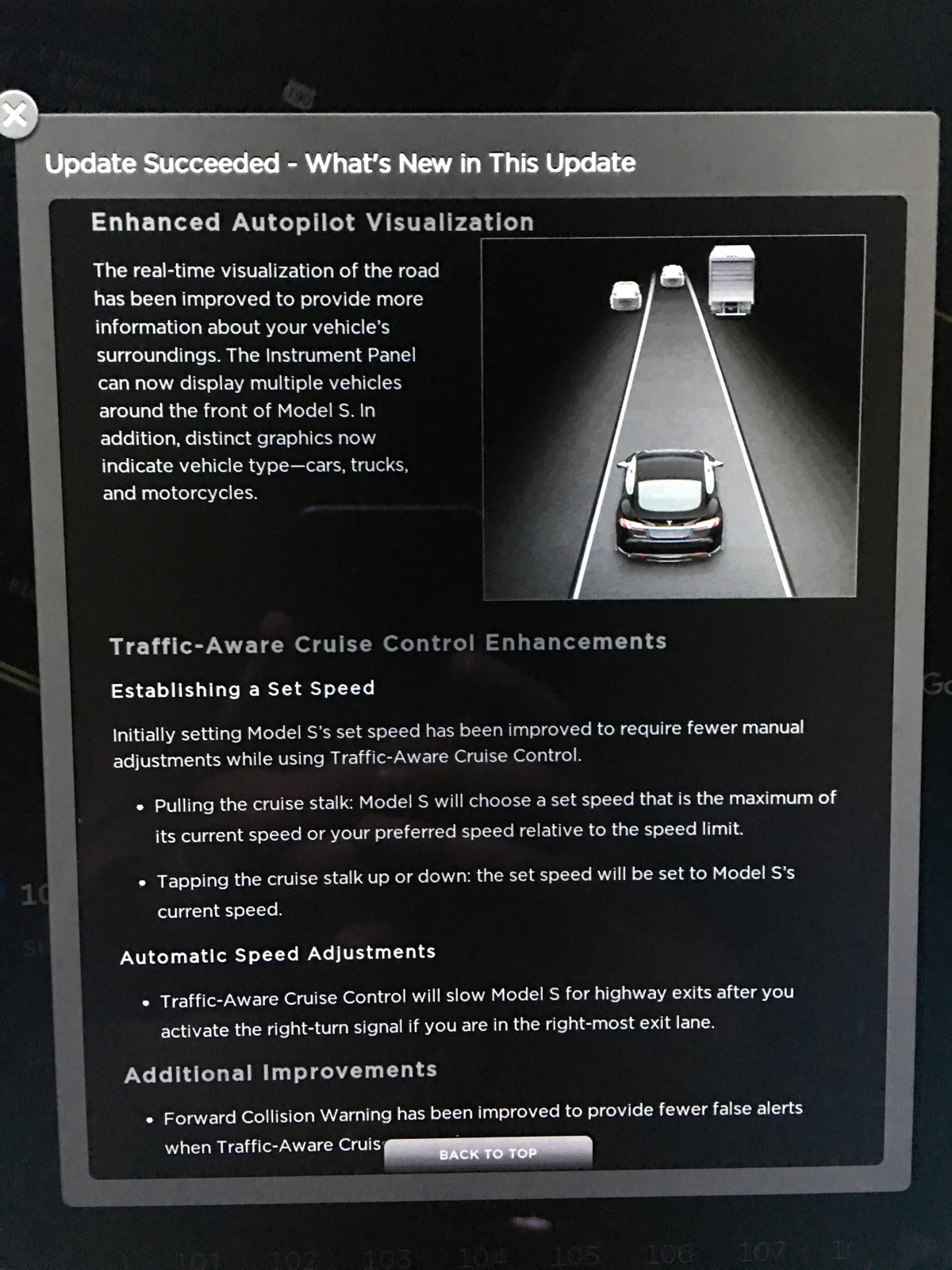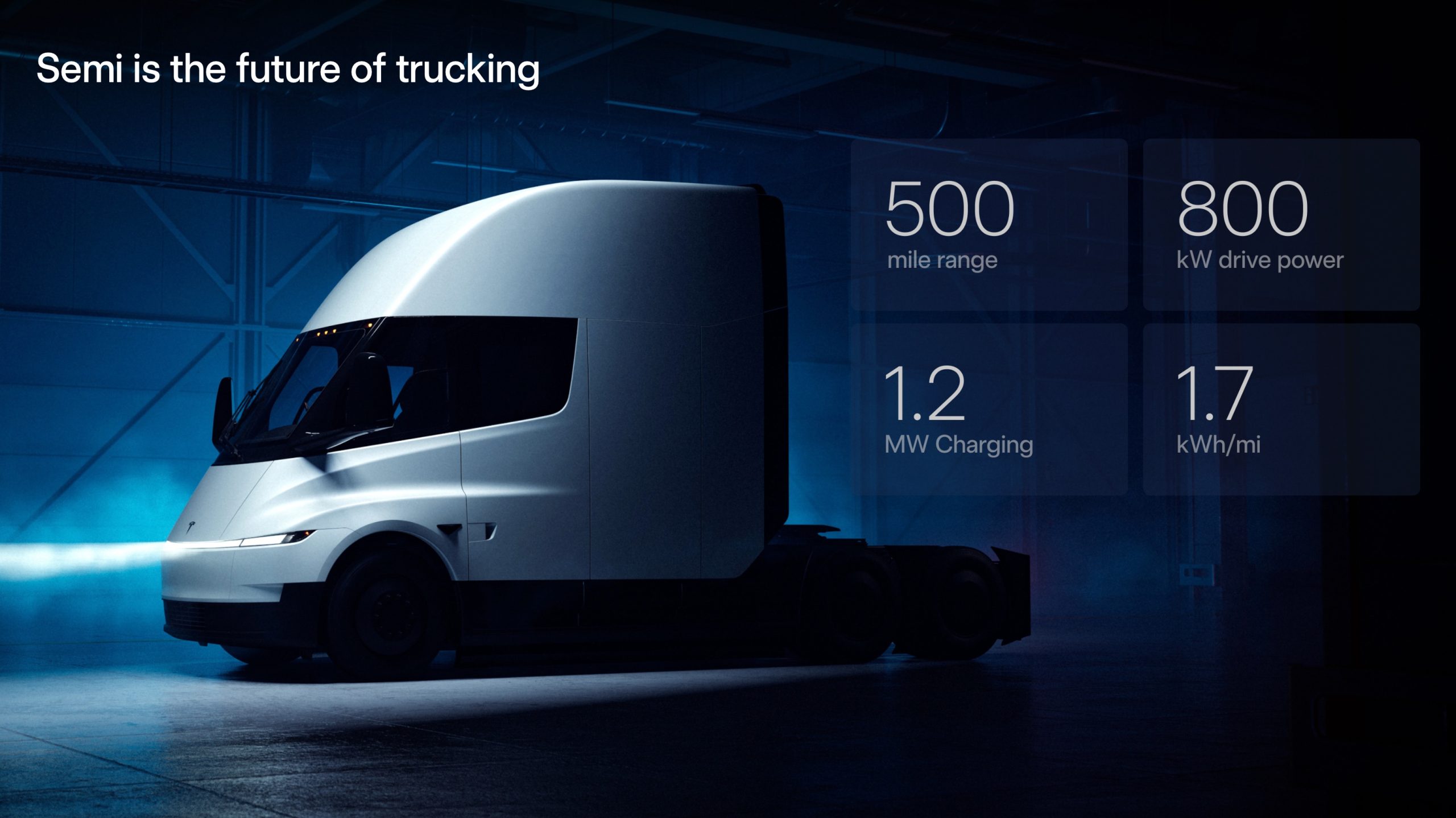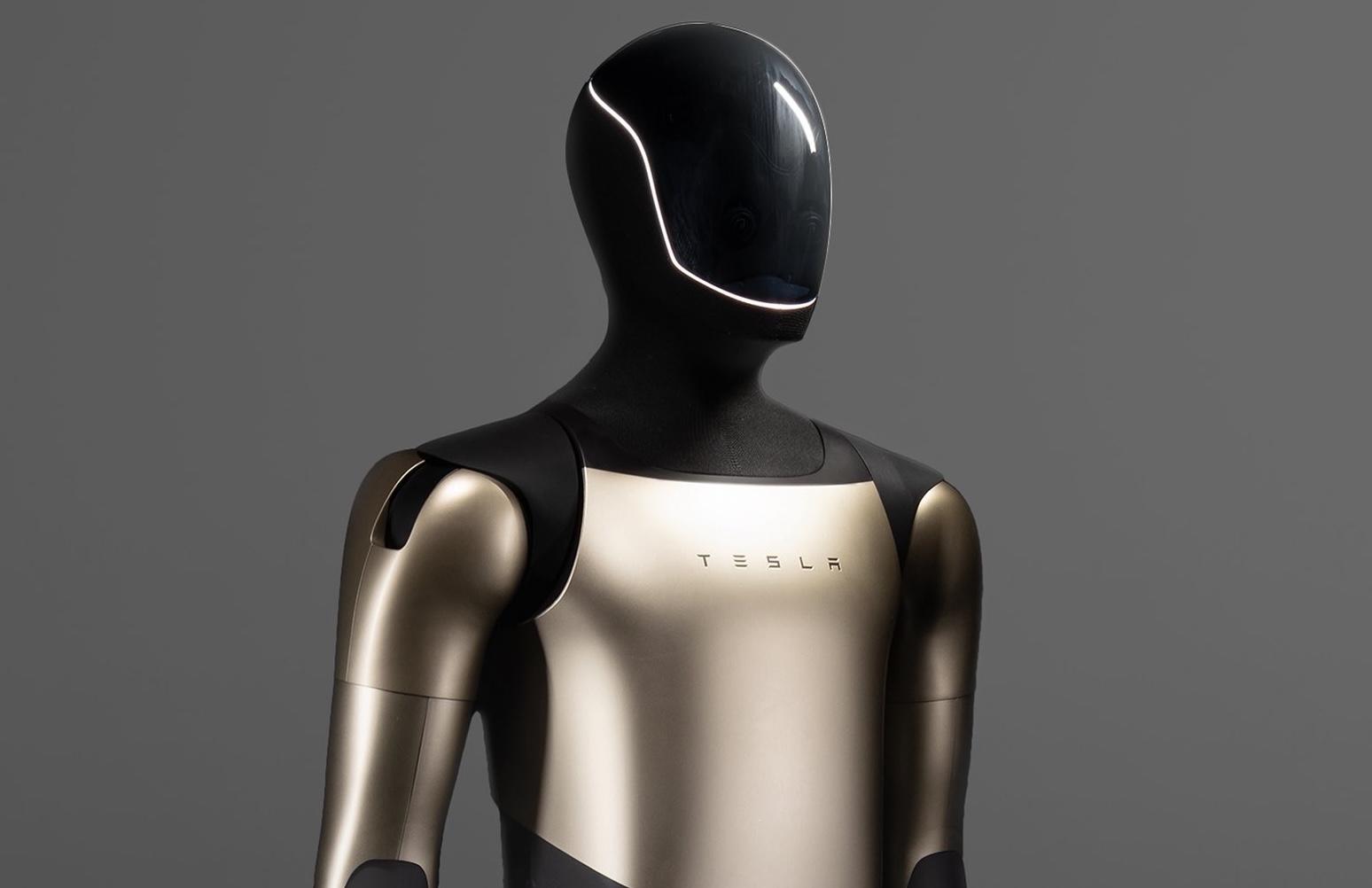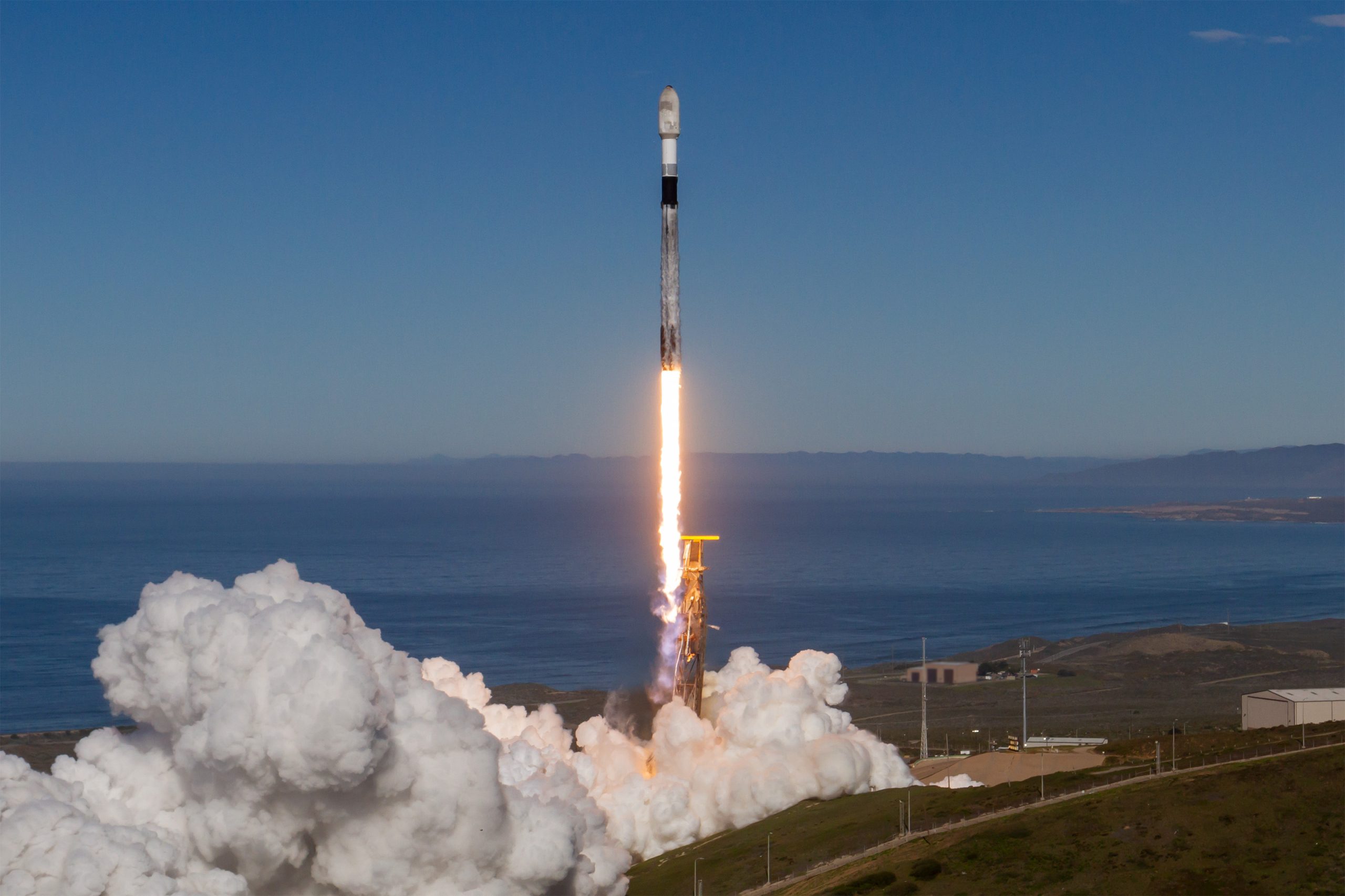News
What comes next for Tesla Autopilot and autonomous driving systems?

The world seems to have oddly realized for the very first time that driving assist systems are still in its infancy stages and haven’t seen the decades of iterations that other technology platforms have had. As to why people have entrusted so much of their safety and lives to the word “autopilot”, going as far as shamelessly playing mahjongg on the internet while behind the wheel, checking their e-mail, and brazenly hopping away from the driver’s seat while their two-ton Autopilot-enabled Tesla drives on its own, goes beyond me.
And it’s because of this lack of human judgment that the statistically inevitable fatal accident behind the wheel of a Tesla may have arrived before its time.
Certainly Elon Musk and Tesla Motors have taken great pains to inform drivers they must remain in control of the car at all times when Autopilot is active. A message on the vehicle’s instrument cluster and warning chime reminds us of this. So why is there such a disconnect between what the system is capable of and what people’s expectations are?
“Everyone in the autonomous vehicle industry understands consumer over-trust is a significant problem,” says John Maddox, CEO of the American Center for Mobility. It is a proposed proving ground for connected and automated vehicles that is under development on 335 acres at Willow Run in Michigan. “No one has an answer to that problem yet, to be perfectly blunt. It’s human nature that when we’re bored with a given task we find something else to occupy our minds. There are ways the industry can look at to maintain driver interest,” Maddox says via USA Today.
Michigan wants to be at the forefront of development for autonomous driving systems and connected cars. “These technologies will be significantly better when the vehicles can ‘talk’ to each other and to signals in traffic lights and elsewhere,” says Kirk Steudle, director of the Michigan Department of Transportation. MDOT is working with General Motors, Ford, and the University of Michigan to deploy vehicle-to-infrastructure communication technology on more than 120 miles of metro Detroit roadway.
But the infrastructure to support connected car technology is still decades away. Those 120 miles of roads in Detroit are a minuscule proportion the millions of miles of roads in the US.
In the meantime, drivers need to be better educated about what systems like Tesla’s Autopilot can and cannot do.
In the wake of Joshua Brown’s fatality, the NHTSA is expected to issue its first set of regulations for semi-autonomous cars in the fall of this year. The Senate Commerce Committee has decided the highest and best use of taxpayer dollars is to launch its own investigation. Its chairman, John Thune, Republican of South Dakota, has sent a request to Tesla to come and tell the committee what it is doing to prevent more fatal accidents. Apparently, Senator Thune thinks the members of his committee must weigh in on this issue while the headlines are there to be had, rather than waiting for NHTSA and NTSB to finish their investigations.
“An informed consumer is the best consumer,” MDOT’s Steudle said. “They really need to understand the limitations of what the technology can do currently. There’s a lot of information out there about where it can take us. But it’s not there yet.”
Strategies to reduce driver expectations might be a wise course of action for Tesla to follow at this juncture.

News
Tesla Semi factory looks almost complete during Thanksgiving weekend
Based on recent drone videos, the Tesla Semi factory looks practically ready to start operations.

It appears that the Tesla Semi factory near Giga Nevada is already hard at work preparing for the initial production of the Class 8 all-electric truck. This was, at least, hinted at in a recent drone flyover of the facility from a longtime watcher.
The Tesla Semi factory after Thanksgiving
Drone operator and Tesla Semi advocate @HinrichsZane recently shared some footage he captured of the upcoming facility during the Thanksgiving weekend. Based on his video, it appears that Tesla gave its employees in the area the weekend off. One thing is evident from the video, however, and that is the fact that the Tesla Semi factory looks practically ready to start operations.
The Tesla Semi watcher did point out that the electric vehicle maker is still busy bringing in production equipment into the facility itself. Once these are installed, it would not be surprising if initial production of the Tesla Semi begins.
A new Tesla Semi
The upcoming completion of the Tesla Semi factory near Gigafactory Nevada seems all but inevitable in the coming months. What would be especially interesting, however, would be the vehicles that would be produced on the site. During Elon Musk’s presentation at the 2025 Annual Shareholder Meeting, a glimpse of the production Tesla Semi was shown, and it looks quite a bit different than the Class 8 all-electric truck’s classic appearance.
As could be seen in the graphic from the CEO’s presentation, the updated Tesla Semi will feature slim lightbar headlights similar to the new Tesla Model Y, Cybertruck, and the Cybercab. Tesla also teased a number of aerodynamic improvements that increased the truck’s efficiency to 1.7 kWh per mile. Extended camera units, seemingly for FSD, could also be seen in the graphic.
News
Tesla scores major hire as Apple scientist moves to Optimus team
Chen, who advanced from individual contributor to technical lead during his time at Apple, noted that he was blown away by Tesla’s efforts and synergy.

Former Apple research scientist Yilun Chen has left the tech giant to join Tesla’s Optimus AI team. Chen, who advanced from individual contributor to technical lead during his time at Apple, noted that he was blown away by Tesla’s efforts and synergy.
Apple veteran closes a major chapter
In a farewell note, Yilun Chen reflected on his tenure at Apple as a period defined by rapid growth and exposure to notable internal projects, some of which remain unreleased. His roles spanned engineering, research, early product incubation, and hands-on prototyping, allowing him to build expertise across both mature and emerging teams.
Chen credited mentors, colleagues, and cross-functional collaborators for shaping his trajectory, calling the experience unforgettable and emphasizing how each team taught him different lessons about scaling technology, guiding product vision, and navigating fast-moving research environments. “Each role has offered me invaluable unique lessons… My deepest gratitude goes to my colleagues, mentors and friends,” he wrote.
Tesla’s Optimus lab secured the hire
Chen said the move to Tesla was driven by the momentum surrounding Optimus, a humanoid robot powered by LLM-driven reasoning and Physical AI. After visiting Tesla’s Optimus lab, he admitted that he was “totally blown away by the scale and sophistication of the Optimus lab and deep dedication of people when I got to visit the office.”
His first week at Tesla, he noted, involved spontaneous deep-tech discussions, a flat team structure, rapid prototyping cycles, and what he called a “crazy ideas with super-fast iterations” culture. Chen emphasized that the team’s ambition, as well as its belief that humanoid robots are now within reach, creates an energy level that feels aimed at changing the world.
“You can feel the energy to change the world here,” he wrote in a post on social media.
Elon Musk
Elon Musk gives nod to SpaceX’s massive, previously impossible feat
It was the booster’s 30th flight, a scenario that seemed impossible before SpaceX became a dominant force in spaceflight.

Elon Musk gave a nod to one of SpaceX’s most underrated feats today. Following the successful launch of the Transporter-15 mission, SpaceX seamlessly landed another Falcon 9 booster on a droneship in the middle of the ocean.
It was the booster’s 30th flight, a scenario that seemed impossible before SpaceX became a dominant force in spaceflight.
Elon Musk celebrates a veteran Falcon 9 booster’s feat
SpaceX completed another major milestone for its Smallsat Rideshare program on Friday, successfully launching and deploying 140 spacecraft aboard a Falcon 9 from Vandenberg Space Force Base. The mission, known as Transporter-15, lifted off two days later than planned after a scrub attributed to a ground systems issue, according to SpaceFlight Now. SpaceX confirmed that all payloads designed to separate from the rocket were deployed as planned.
The Falcon 9 used for this flight was booster B1071, one of SpaceX’s most heavily flown rockets. With its 30th mission completed, it becomes the second booster in SpaceX’s fleet to reach that milestone. B1071’s manifest includes five National Reconnaissance Office missions, NASA’s SWOT satellite, and several previous rideshare deployments, among others. Elon Musk celebrated the milestone on X, writing “30 flights of the same rocket!” in his post.
Skeptics once dismissed reusability as unfeasible
While rocket landings are routine for SpaceX today, that was not always the case. Industry veterans previously questioned whether reusable rockets could ever achieve meaningful cost savings or operational reliability, often citing the Space Shuttle’s partial reusability as evidence of failure.
In 2016, Orbital ATK’s Ben Goldberg argued during a panel that even if rockets could be reusable, they do not make a lot of sense. He took issue with Elon Musk’s claims at the time, Ars Technica reported, particularly when the SpaceX founder stated that fuel costs account for just a fraction of launch costs.
Goldberg noted that at most, studies showed only a 30% cost reduction for low-Earth orbit missions by using a reusable rocket. “You’re not going to get 100-fold. These numbers aren’t going to change by an order of magnitude. They’re just not. That’s the state of where we are today,” he said.
Former NASA official Dan Dumbacher, who oversaw the Space Launch System, expressed similar doubts in 2014, implying that if NASA couldn’t make full reusability viable, private firms like SpaceX faced steep odds.









